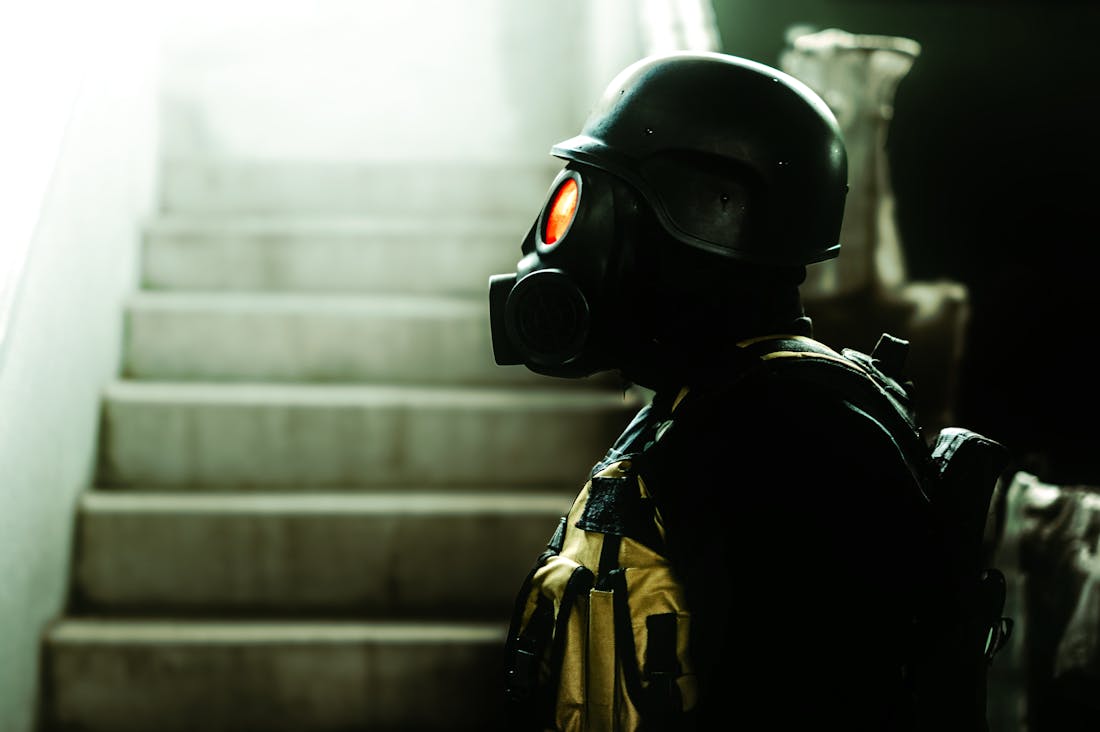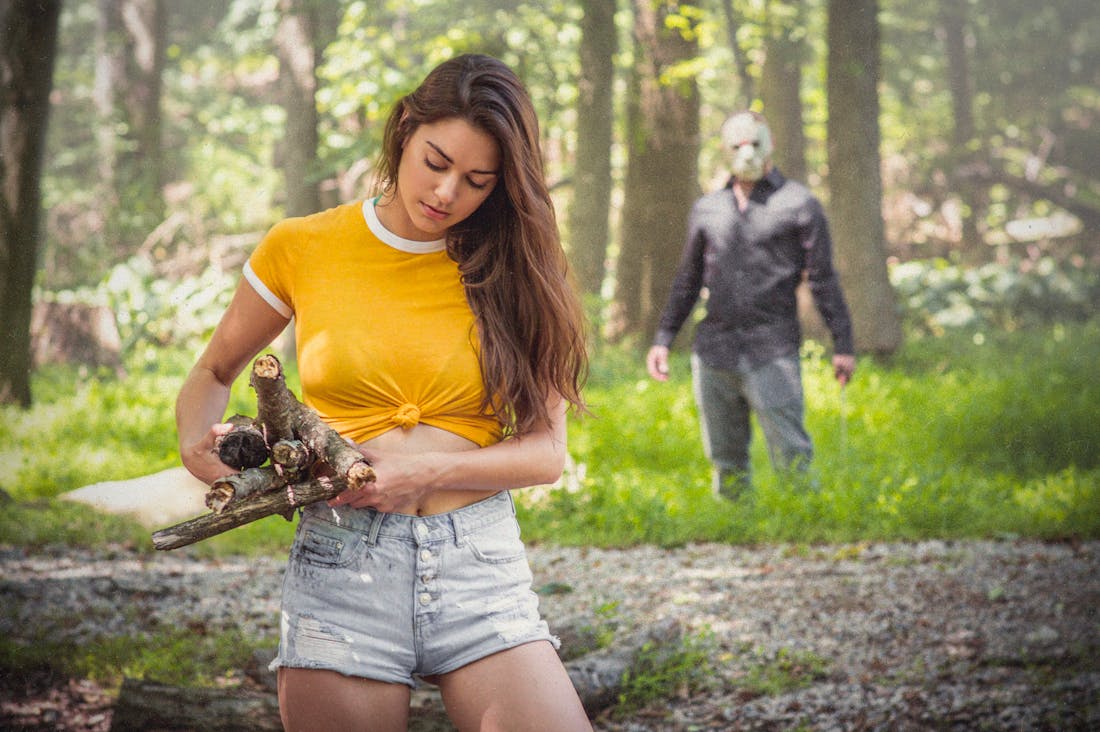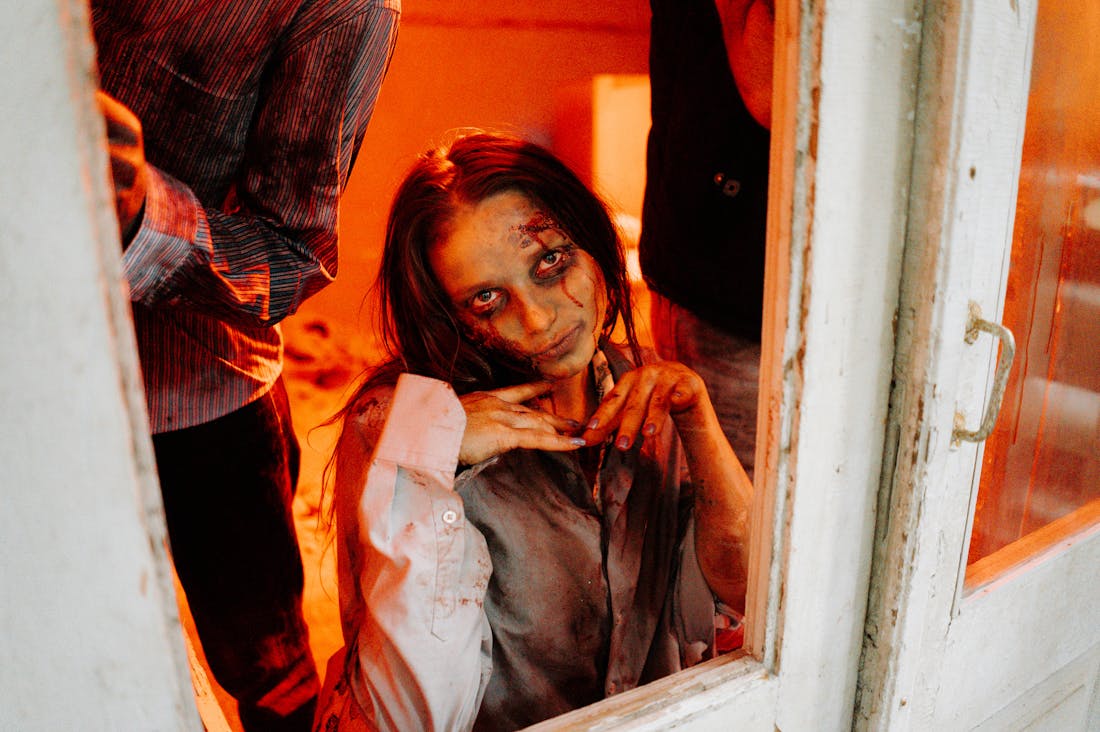Horror movies have evolved significantly since their inception, reflecting societal fears, technological advancements, and changing cultural norms. From the silent films of the early 20th century to present-day psychological thrillers, the genre continually adapts to our anxieties. This exploration delves into the elements that terrify audiences and traces the evolution of what scares us most.

The Mind's Dark Corners: Exploring Psychological Terror
"The Mind's Dark Corners: Exploring Psychological Terror" delves into the intricate labyrinth of human psychology, where fear often stems from the unknown depths of the psyche rather than external threats. This exploration reveals how psychological terror manifests through innermost fears, anxieties, and insecurities, drawing audiences into a chilling landscape where the mind becomes both the protagonist and the antagonist. Subtle instabilities, mental disorders, and the fragility of reality blur the line between sanity and madness, creating an unsettling atmosphere. Authored narratives, films, and art that focus on this genre often invoke existential dread, illustrating how the terror that lurks within can be more haunting than any monster lurking in the shadows. By examining the psychological landscape, we encounter a visceral reflection of our own fears, prompting us to confront the darker aspects of our humanity.

Beyond the Grave: The Allure of the Supernatural
"Beyond the Grave: The Allure of the Supernatural" delves into humanity's timeless fascination with the unknown and the afterlife. This intrigue transcends cultures and eras, manifesting in ghost stories, folklore, and spiritual beliefs that connect us with those who have passed. The supernatural offers a tantalizing glimpse into life beyond death, invoking a sense of wonder, fear, and hope. Whether through tales of haunted places or ancestral spirits guiding the living, the supernatural serves as a conduit for exploring existential questions. This magnetic allure not only fuels our imaginations but also prompts reflections on mortality, spirituality, and the profound mysteries that lie beyond our earthly existence.

Blood and Fear: The Rise of the Slasher Genre
"Blood and Fear: The Rise of the Slasher Genre" encapsulates the explosive emergence of a uniquely American horror phenomenon that flourished primarily in the late 1970s and 1980s. This genre, defined by its chilling portrayal of masked assailants preying on unsuspecting victims, reflected societal anxieties surrounding violence, sexuality, and the disintegration of the nuclear family. Iconic films like "Halloween," "Friday the 13th," and "A Nightmare on Elm Street" not only pioneered narrative techniques and visual aesthetics but also shaped cultural consciousness, establishing archetypes such as the final girl and the relentless killer. The genre's blend of visceral thrills and psychological tension continues to resonate, spawning countless sequels, remakes, and parodies, ultimately cementing its place in cinematic history. As filmmakers explored the boundaries of fear and morality, the slasher genre became not only a source of entertainment but also a mirror reflecting the darker facets of human nature.
The Evolution of Horror: From Classic Monsters to Modern Thrillers
The evolution of horror films showcases a remarkable journey from the classic monsters of the early 20th century to the complex narratives of modern thrillers. Initially, horror relied heavily on iconic figures like Dracula and Frankenstein, who represented societal fears of the unknown and the consequences of scientific experimentation. As cinema progressed, filmmakers began to explore more nuanced themes, shifting from supernatural terrors to psychological and social fears. This transformation reflects a broader cultural shift, where societal anxieties about technology, war, and moral decay began to take center stage. Contemporary horror often intertwines these themes, creating narratives that challenge viewers to confront their realities while still being entertained by the thrill of fear.
Cinematic Techniques: Crafting Fear Through Visual Storytelling
Cinematic techniques play a crucial role in the effectiveness of horror films, employing a variety of methods to elicit fear and tension. Techniques such as lighting, sound design, and camera angles work together to create an atmosphere that can unsettle audiences. For instance, low-key lighting can obscure elements in a scene, generating suspense and a sense of foreboding. Similarly, the use of dissonant soundtracks can heighten emotional responses, making viewers more susceptible to shock. Directors often manipulate pacing, using silence and sudden bursts of sound to keep audiences on edge. These elements combine to create a visceral experience, allowing viewers to not only witness horror but to feel it deeply on a psychological level, illustrating the art of fear in filmmaking.
Cultural Reflections: Horror as a Mirror of Societal Fears
Horror films often serve as a mirror reflecting the societal fears and issues of their times. From the Cold War anxieties depicted in films like 'Invasion of the Body Snatchers' to the resurgence of zombie films during economic downturns, horror encapsulates the collective anxieties of society. As world events unfold, filmmakers respond with narratives that resonate with contemporary audiences, exploring themes of survival, identity, and the human condition. This genre allows for a unique commentary on societal issues, addressing everything from racial tensions to environmental crises through the lens of fear. Thus, horror becomes not just entertainment but also a platform for critical discourse, engaging viewers with pressing social concerns in a way that is both accessible and engaging.
The Rise of Horror Television: Expanding the Genre's Reach
The rise of horror television series has transformed the landscape of the genre, offering deeper character development and more intricate narratives than typical two-hour films. Shows like 'The Haunting of Hill House' and 'American Horror Story' exemplify how episodic storytelling allows for a more profound exploration of fear, providing viewers with sustained tension and complex plots. These series often delve into character backstories, revealing the psychological aspects of horror that resonate with audiences on a personal level. Furthermore, streaming platforms have enabled the proliferation of horror content, reaching wider audiences and encouraging diverse storytelling approaches. This evolution not only reinvigorates the genre but also fosters a community of horror enthusiasts who engage with and analyze these narratives in new and exciting ways.
AI-Assisted Content Disclaimer
This article was created with AI assistance and reviewed by a human for accuracy and clarity.